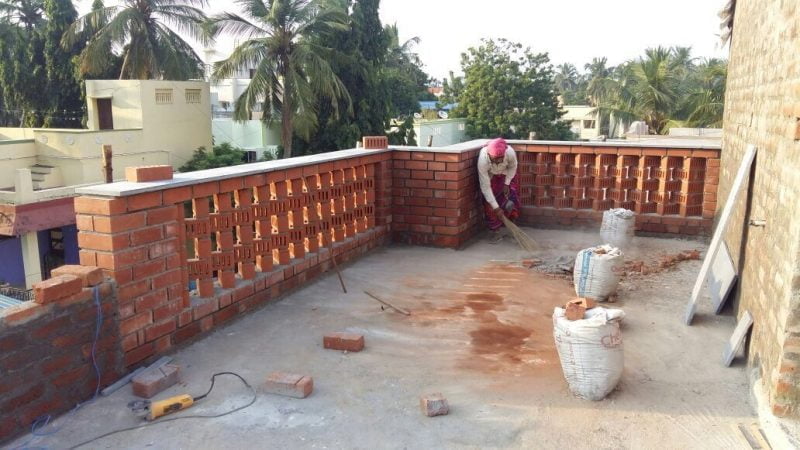
In my parapet wall article, I am going to overview parapet wall types, functions, Design Procedure, Parapet wall plaster design, Advantages, and disadvantages.
Table of contentsParapet wall has remained an integral part of the construction industry, dating back to antiquity. As rightly said, changing time brings changing needs; the same is the case of this wall. In the ancient past, it was used to defend forts from invaders and was considered the symbol of strength. Nevertheless, nowadays, it is used for ornamental or aesthetic purposes.

Before its use as an aesthetic piece, it was useful as a battlement architecture of castles, forts, city walls of all great civilizations. The earliest known example is in the fortress at Buhen in Egypt. Even the famous Great Wall of China’s walls surrounding Assyrian towns had parapets to protect China from Mongols.
The parapet is a minor wall around the edge of a roof, balcony, terrace, or stairway, usually covering the roof’s perimeter. It protects the top and pre-built structures from corrosion and degradation.
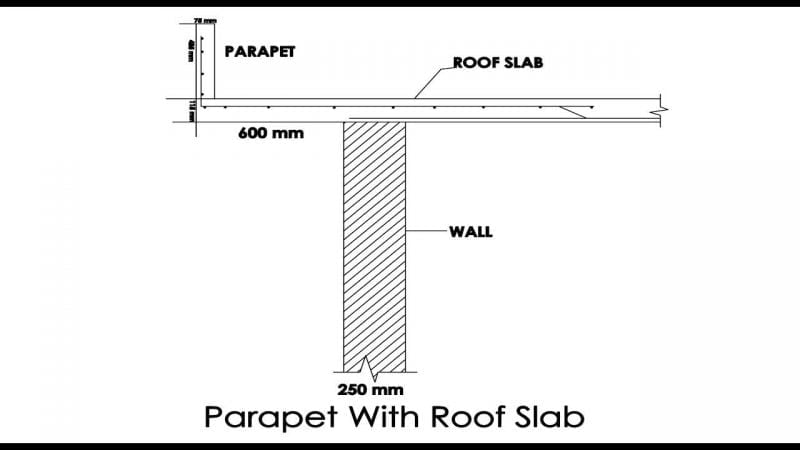
Depending upon its structure, it comes in various types.
These were the oldest parapet walls designed by masons. This wall contains squared notches with alternative recurring fashion on the top, also known as crenels.
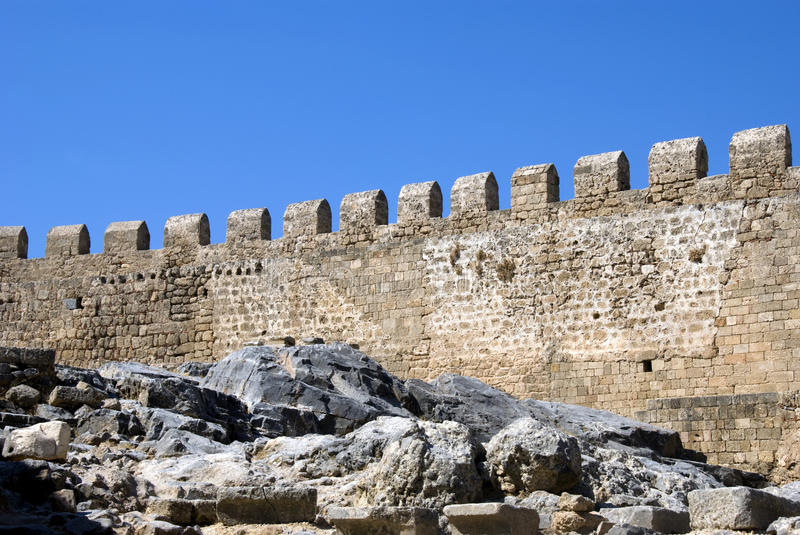
Crenellation was intentional for the archers, usually to defend tactically during the siege. The Great Wall of China is the best example of the embattled wall. Today, these walls provide an Imperial touch and a royal feel to the structure.
This wall looks like an extension of the wall beneath and does not contain any structures; instead, it is very plain. Therefore, it does not evoke any cosmetic feelings; instead, it looks like a dull structure.
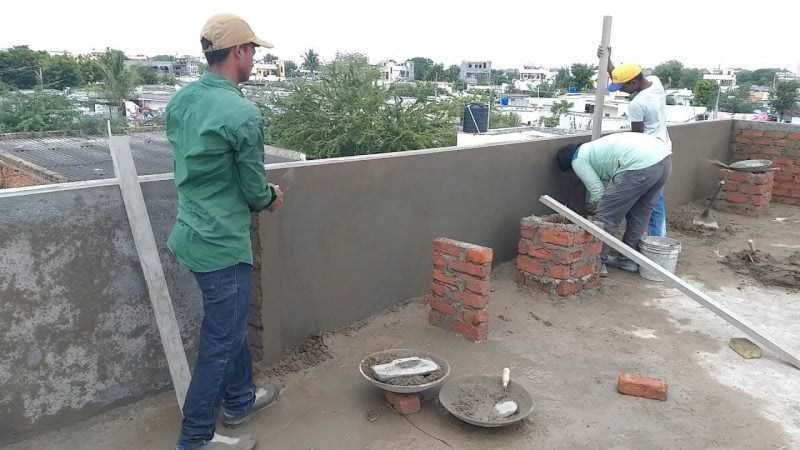
However, it has some benefits, like providing privacy and safety. And it is better to add coping and corbel to its system to bear the structural load. These walls are easy to build and maintain.
It is an older style parapet and similar to the plain parapet wall. But it has a panelled structure on the outside of the wall. These panels add beauty to the structure.
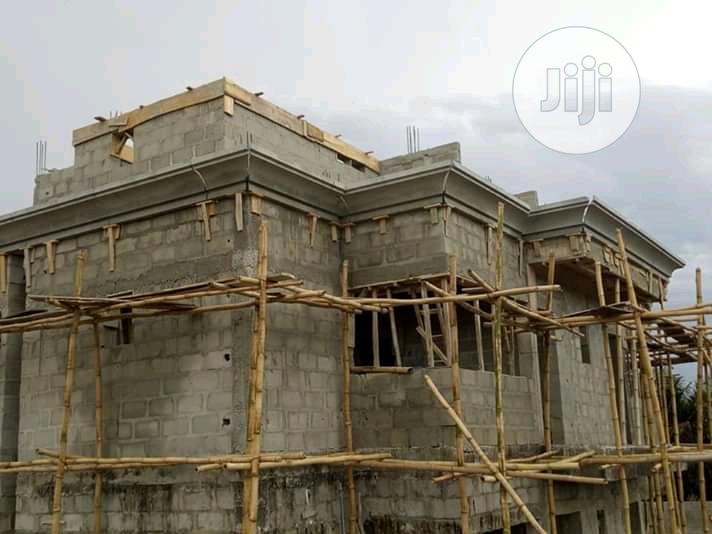
People built this kind of parapet wall during the Gothic period of English literature, and it was a decorative detail, which wealthy patrons requested. Nowadays, this style is prevalent because it doesn’t cost much. It is also easy to construct.
Perforated parapets are much more decorative than plain parapets. These walls contain different perforations skillfully designed for aesthetics.
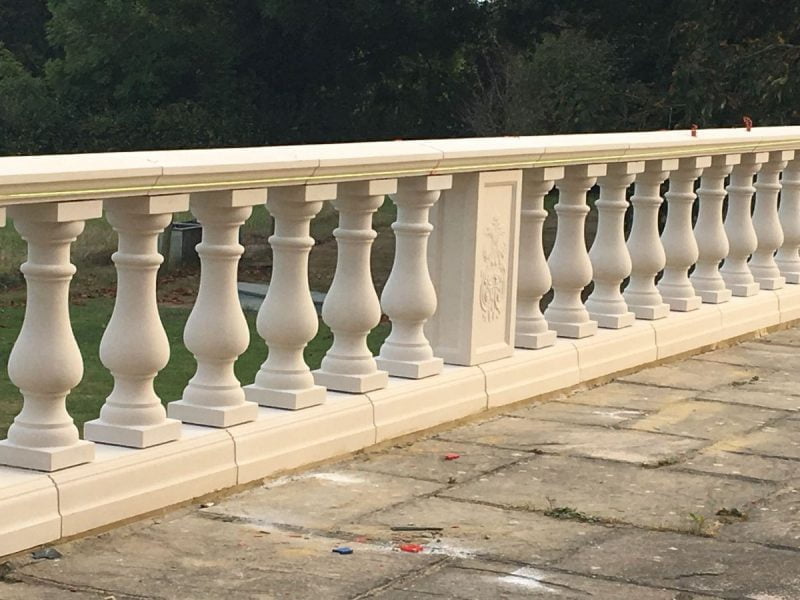
Mostly the designed perforations are like circles, trefoils, and flower shapes. They are quite challenging to create and maintain.
These types of walls are similar to sloping walls. However, there are steps in the wall like a gradual slope across the whole wall’s lining. It shows a different perspective to the wall creating an aesthetic appearance.
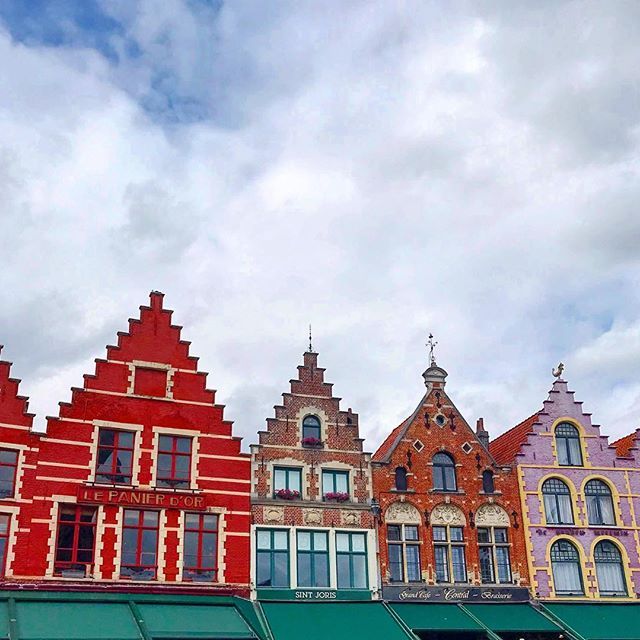
Sloped walls to provide a slope to the structure used to drain water and prevent leakage in the roof. Commonly industrial buildings are built with slope parapets.
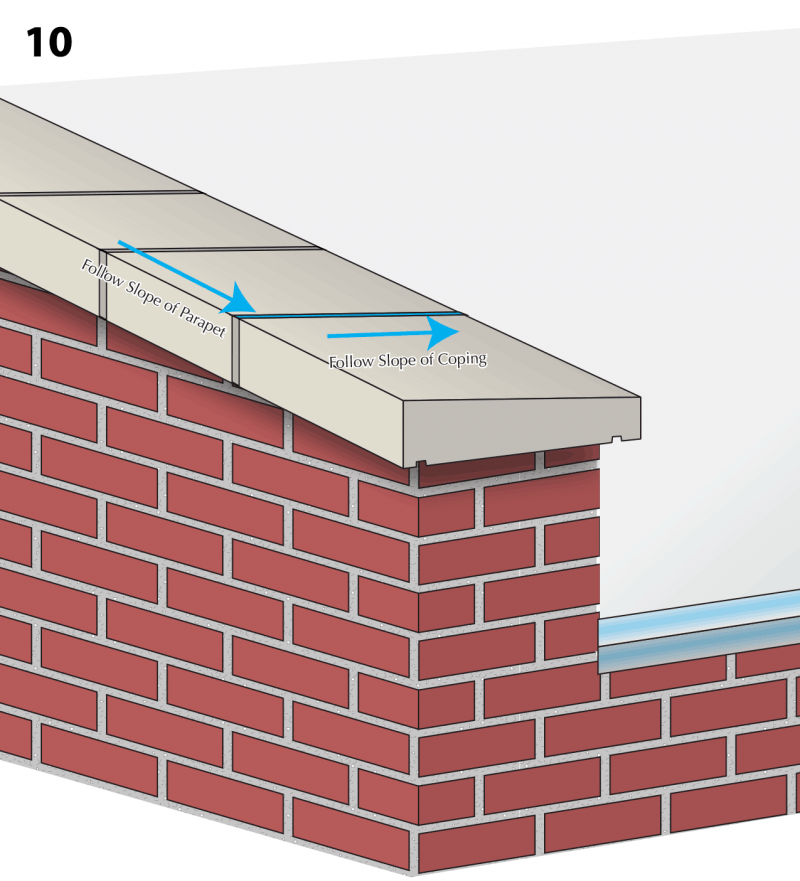
The reason behind slope parapets is not primarily decoration but proper design for other useful purposes.
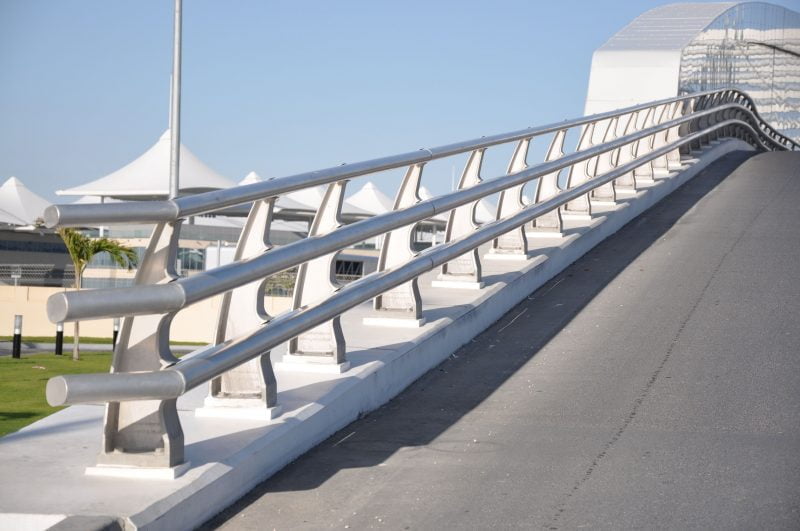
As the name bridge parapet suggests, these types of parapets are used for bridges. A typical bridge parapet is similar to a paneled parapet. It is designed for bridges to save traffic from falling.
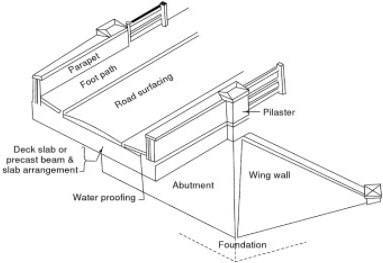
As knowledge about building science has evolved, building codes have been developed to disseminate standards for parapet walls’ safe and functional design. Design professionals must consider these regulations when designing or rehabilitating parapets. The International Code Council’s International Building Code (IBC) is the model code for the design of parapet wall heights, structural stability, and resistance to the elements, configuration, and anchorage. (Jaun, 2020)
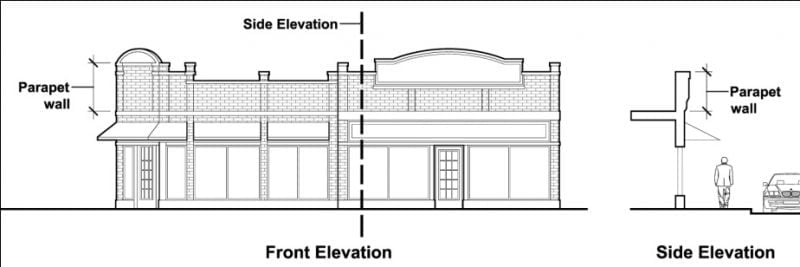
Some of the standard components of parapet designs with their respective importance are given below.
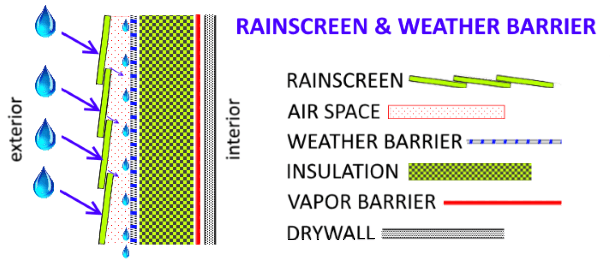
Due to changing weather conditions, the parapet will face some deterioration. If neglected, a parapet will face moisture infiltration, corrosion, cracking and spilling, displacement, open joints, and failed flashings. One should follow these designing amendments to prevent such problems.
As the parapet wall is exposed to an open atmosphere, there is a 100% possibility that it suffers from adverse weather conditions. Therefore, it is useful to provide the walls with parapet capping. It is the covering on the top of the wall to prevent seepage of moisture inside the wall. Parapet capping increases the durability of the walls.
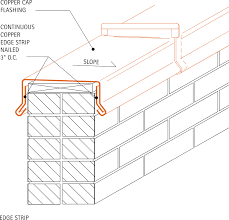
Parapet Capping is usually constructed of moisture-resistant materials, such as metal, terra cotta, stone, or precast concrete. Because moisture has an inherent cohesive property or surface tension, it is critical to provide an adequate slope on the top surface of the coping to direct water onto the roof and not the facade and prevent moisture from intruding into the parapet.
Historically, parapets did not contain cladding. They served the dual function of structural support and weather-resistive barrier. In modern construction, parapets tend to have a structural core made up of concrete masonry units (CMU), brick, concrete, steel, or metal studs, with outside and inside cladding that might consist of brick, stone, stucco, metal panels, or exterior insulation and finish systems (EIFS).
According to IBC 1403.2, “Weather Protection,” the building enclosure must provide “a weather-resistant exterior wall envelope.” Based on the code, parapet walls must complete this requirement. Therefore, a continuous vapour barrier behind the parapet’s exterior cladding will provide an exact drainage plane that turns water away from the building and allows moisture in the form of vapour to escape from the interior. (Jaun, 2020)
In addition to air or vapour barrier requirements, the IECC requires continuous insulation across wall and roof systems, including parapets. Depending upon the external factors, the energy code dictates minimum R-values, or insulating effectiveness, as determined by the type, thickness, and insulation density. Therefore, as with air and vapour barriers, the minimum energy threshold is documented in design details.
Parapet walls’ design is done for different loads applied to them depending upon the wind and weather conditions. These loads are called lateral loads.
Lateral loads are the loads applied on the horizontal plane. That is, they are horizontal forces acting on a structure.
Studies have shown that parapets offer relief in wind uplift, as parapets reduce wind pressures at the roof perimeter. Nevertheless, parapets themselves experience stress due to wind loads, which must be considered in the design. (Jaun, 2020)
According to Parapet construction, the height of the parapet shall be not less than 30 inches above the point where the roof surface and the wall intersect.” However, while a 30-inch parapet might satisfy the IBC model code. (Jaun, 2020)
All of these considerations are necessary to design a Parapet.
Design: the following steps are primarily for the designer when planning to put a plaster over the parapet:
Implement an inspection protocol before the application of any cement.
(OPTIONAL) An outer layer is to be for additional protection.
Characterized as a low wall, the parapet wall projects above the roof plane and typically spans around the roof area’s perimeter. Originally designed to protect against enemy attacks, the parapet in modern construction is far removed from its antiquated roots. Currently, its design purpose is shifted to various needs ranging from safety to decoration. As a result, it comes in different shapes and structures.

Regardless of its construction, the main point that one should keep in mind is the design parameters and considerations. While the parapet seems quite decorative, it could cost defective.